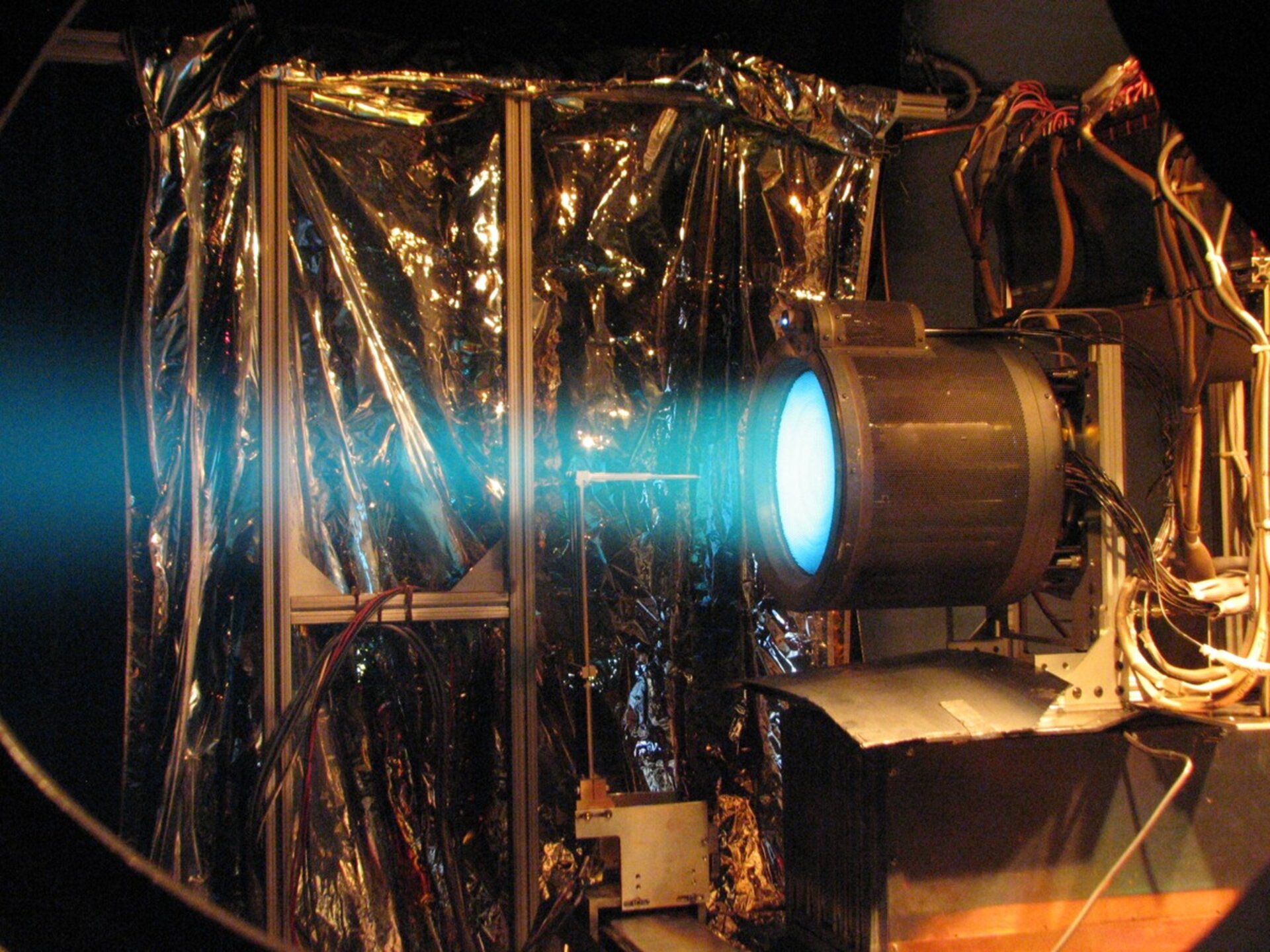Low-erosion development could lead to longer-lived thrusters
Almost a decade ago, NASA and JPL developed magnetic shielding to lengthen the lifespan of Hall-
Effect Thruster (HET) and reduce the likelihood that one of the most fragile systems, the discharge channel, would fail. The technique worked well, but the channel would still eventually be eroded by the plasma.
A recently closed TDE contract with SAFRAN Aircraft Engines (FR) decided to tackle this issue, by designing, manufacturing and testing a low-erosion magnetic configuration in a HET at 2.5 kW.
There is a lot of interest in building very long life Hall thrusters, from space exploration to extended commercial missions, space tugs and future orbit transfers.
The team hoped that by using a new architecture they would significantly increase the life of a classic HET without it losing performance or stability and, unlike the previous shielded thrusters, without erosion of the magnetic poles.
Erosion limits the life of the thruster because when the discharge channel is sufficiently eroded, the plasma usually erodes the magnetic circuit.
Nevertheless, the erosion helps to clean the discharge channel which is generally polluted, for example by deposits of carbon during a qualification life test.
The team used a new architecture, which uses the magnetic shielding to significantly reduce all of the factors, which lead to the discharge channel eventually eroding: ion kinetic energy, sheath energy and particle flux.
The designed and manufactured prototype, PPS®1350E-LE, endured a short 270 hour wear test to confirm its performance and stability.
The erosion rate measured means a life time of a qualified model could be at least 20000 hours (compared to an initial life span of 6700hours)
These promising results were further confirmed when they conducted a longer wear test of 1000 hours under the framework of the CNES national program.
These tests further confirmed the good results and very low erosion rates already identified after only 270 hours of thrust.
The team will next try to establish whether or not some abnormal erosion seen could impact the magnetic circuits. If not, then the potential life span of the thruster could be even higher.
TDE contract 4000114223


